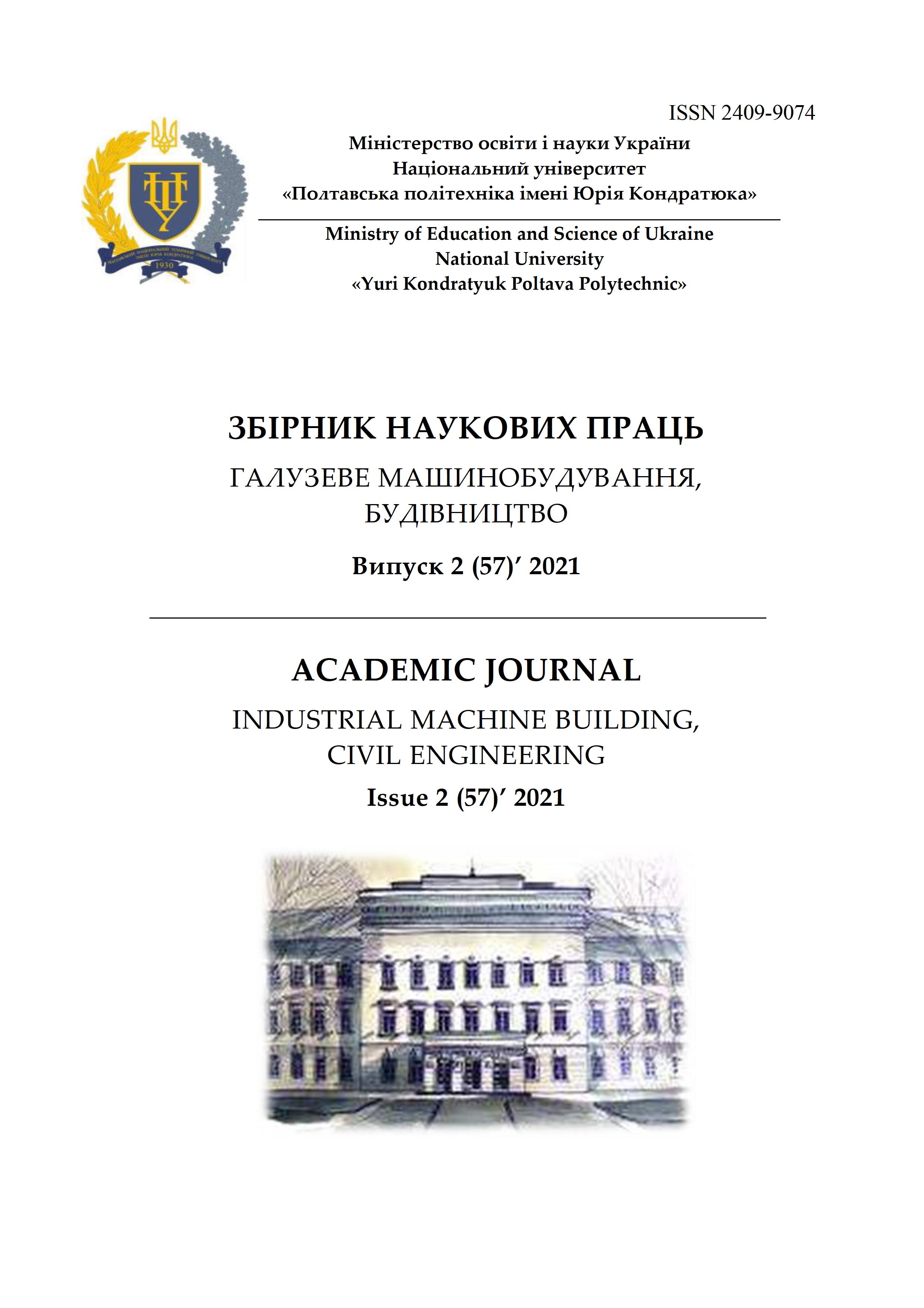Strength of steel pipelines in corrosive sites with repair composite bandage
DOI:
https://doi.org/10.26906/znp.2021.57.2582Keywords:
composite materials, local defects, repair bandage, steel pipelinesAbstract
During operation, defects may appear on the surface of local sections of steel pipelines due to corrosion or adhesive wear, reducing their strength, and sometimes, unfortunately, leading to an accident of the entire pipeline. The use of repair bands made of innovative composite materials is one of the promising areas for maintaining the working pressure of steel pipelines. The task of this work is the development of the method for determining the destructive hydrostatic pressure of repair bands made of composite innovative materials. The obtained theoretical results and experimental studies made it possible to choose the strength criterion and determine the values of the ultimate stresses at the junction points of the bands' composite tire and the steel pipe.
References
Pichugin S.F., Pashinsky V.A., Zyma O.E., Vinnikov P.Yu., Bila J.Yu. (2018). Requirement of the line parts of the main pipelines. Poltava: Astraya
Polyakov S.G., Ribakov A.O. (2009). Basic laws of stress-corrosion development of main gas pipelines. Problems of Strength, 5, 7-17
Vovk O.O., Zaichenko S.V., Chvertko E.P., Shevchenko M.V., Pirumov A.Ye., Radetska O.J. (2017). Analysis of accidents on main pipelines for the period 2005-2015. Energy: economy, technology, ecology, 4, 113-118
Poberezhny L.Ya., Yavorskiy A.V., Tsikh V.S., Stanetsky A.I., Gritsanchuk A.V.(2017). Development of the level of ecological safety of pipelines for the oil and gas complex of Ukraine. Technogenic and ecological safety, 1, 24-31
Development plan of JSC "Operator GTS Ukraine" 2021-2030 [Electronic resource]. Retrieved from: https://tsoua.com
Freire J.L.F., Vieira R.D., Diniz J.L.C., Meniconi L.C. (2007). Effectiveness of composite repairs applied to damaged pipeline. Exp. Tech. Soc. Exp. Mech., 31, 59-66
Mattos H., Reis J., Sampaio R., Perrut V. (2009). An alternative methodology to repair localized corrosion damage in metallic pipelines with epoxy resins. Mater. Des, 30, 3581-3591
Leong A., Leong K., Tan Y., Liew P., Wood C., Tian W., et al. (2011). Overwrap composite repairs of offshore risers at topside and splash zone. Proc. Int. Comm. on Composite Materials (ICCM-18). Jeju Island, Korea Int. Comm. on Composite Materials
Duell J.M., Wilson J.M., Kessler M.R. (2008). Analysis of a carbon composite overwrap pipeline repair system. Int. J. Pressure Vessels and Piping, 85., 782-788
Nurzhanov T.B. (2018). Repair of pipelines and tanks using composite materials. Engineering practice, 36-39
Alexander C., Francini B. (2006). State of the art assessment of composite systems used to repair transmission pipe lines. 6th Intern. Pipeline Conf. (IPC-2006). Calgary, Alberta, Canada
Bandage system RES-Q Composite Wrap.
Retrieved from: http://www.tdwilliamson.com
ASME B 31.4, ASME B 31.8. Classes of ASME Boiler and Pressure vessel Code
ASME PCC-2-2006. The American Society of Mechanical Engineers. Repair of Pressure Equipment and Piping
ASTM D2992-2006. (2006). Standard practice for obtaining hydrostatic orpressure design basis for «fiberglass» (glass-fibre-reinforced thermosettingresin) pipe and fittings
ISO/TS 24817 (2006). Petroleum, petrochemical and natural gas industries – composite repairsof pipework – qualification and design, installation, testing and inspection
The Clock Spring Company (2011). Режим доступу: http://www.clockspring.com
Becker M.V., Booth V.S., Govdyak R. M. (2008). Repair of main pipelines in a vice. Kyiv: Kiy
Shamsuddoha M., Mainul Islam, Aravinthan T., Manalo Allan, Lau Kin-tak (2013). Effectiveness of using fibre-reinforced polymer composites for underwater steel pipeline repairs. Composite Structures, 100, 40-54
Showman A., Taheri F. (2011). Compressive strain limits of composite repaired pipelines under combined loading states. Composite Structures, 93, 1538-1548
Keller M.W., Jellison B.D., Ellison T. (2013).
Moisture effects on the thermal and creep performance of carbon fiber/epoxy composites for structural pipeline repair. Composites: Part B, 45(1), 1173-1180
Kоpple M.F., Lauterbach S., Wagner W. (2013).
Composite repair of through-wall defects in pipework –
analytical and numerical models with respect to ISO/TS24817. Composite Structures, 95, 173-178
Garf E.F., Netrebskiy M.A. (2000). Estimation of strength and resource of pipelines with erosion-corrosion damage, Automatic welding, 9/10, 15-20
Garf E.F., Nepomnyaschiy V.A., Dmitrienko R.I.,
Ba-nakhevich Yu.V., Savenko A.V., Oleinik I.N. (2011). Evaluation of the effectiveness of composite bandages for the restoration of defective sections of pipelines, Automatic welding, 7, 44-48
Vereshchaka S.M., Daniltsev V.V., Deineka A.V. (2016). Stress State of Sealing Ring of Composite Material with the Specified Physical and Mechanical Characteristics. Strength of Materials, 48(3), 371-374
Vereshchaka S.M. (2009). Nonlinear deformation and stability of multilayer structural elements with structural defects. Sumy: Publishing house of SSU
Vereshchaka S.M., Zhigiliy D.A., Daniltsev V.V. (2019). Determination of the Strength of Ring Specimens from Fiberglass Based on the Split Disk Method. Bulletin of mechanical engineering, 12, 25-33
Downloads
Published
How to Cite
Issue
Section
Published 2022-09-16




